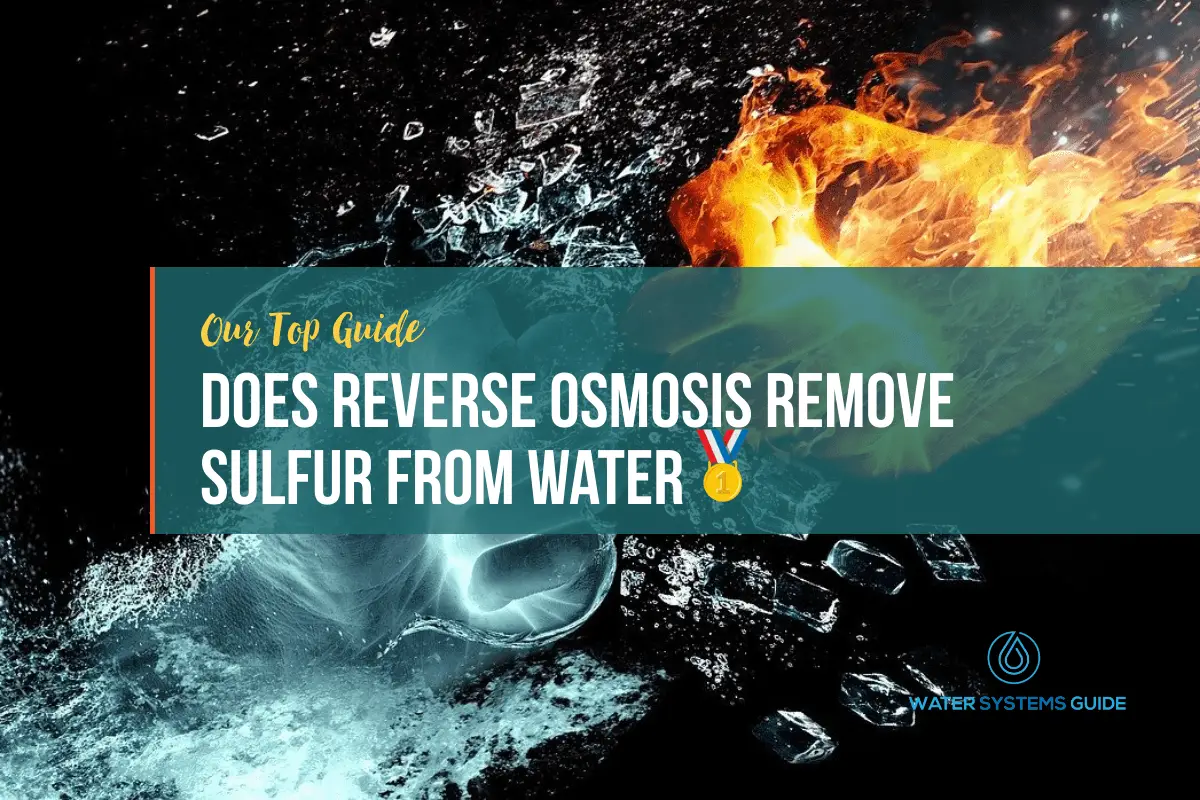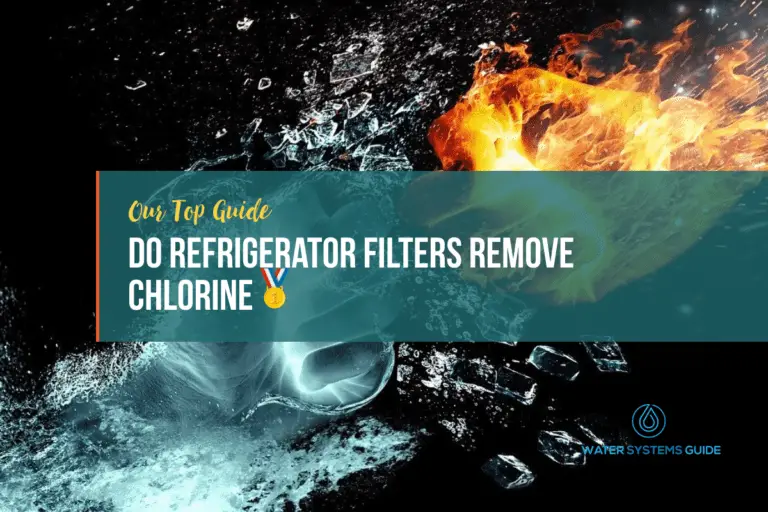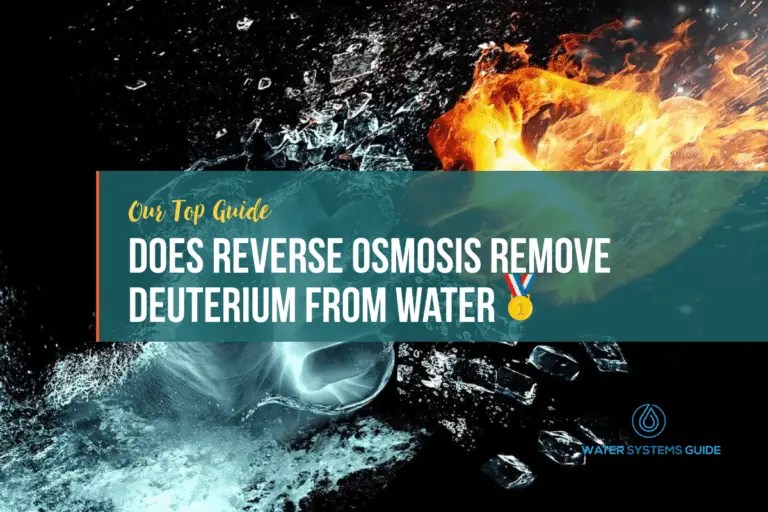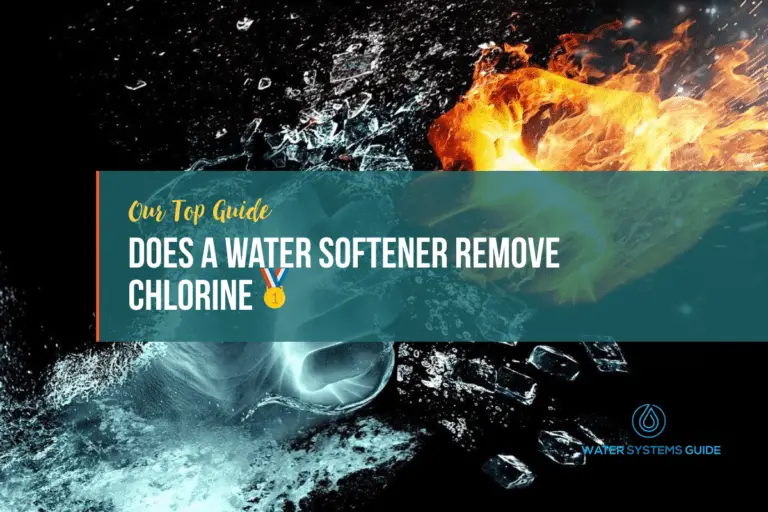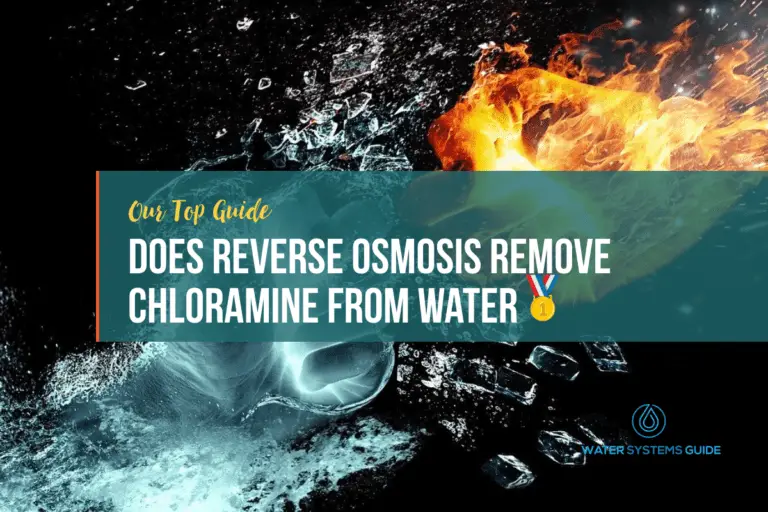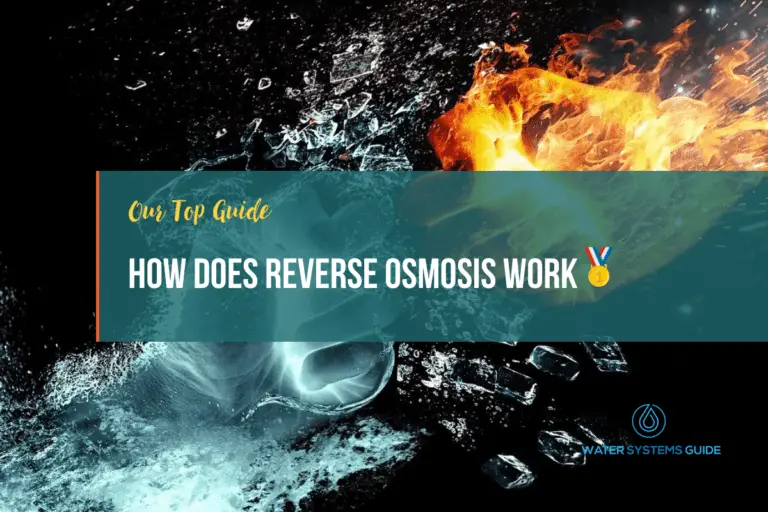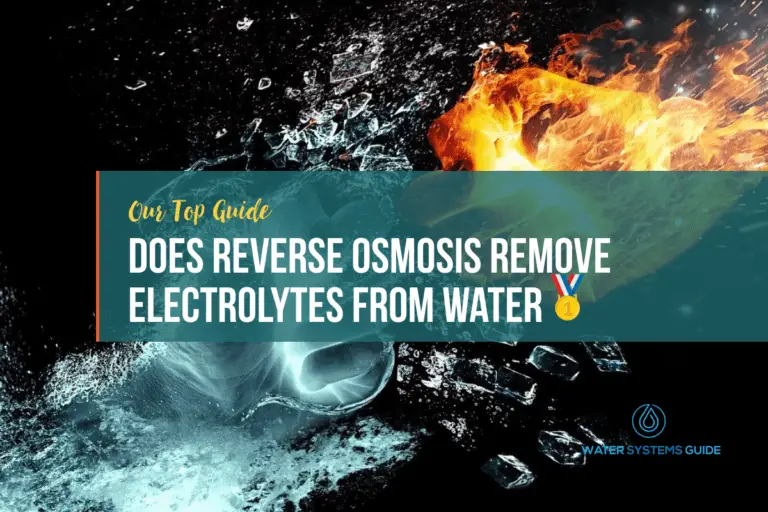Does Reverse Osmosis Remove Sulfur From Drinking Water?
What Exactly Is Sulfur?
Sulfur is a non-metallic chemical element with the symbol S and atomic number 16. It is abundant, multivalent, and non-metallic. Under normal conditions, sulfur atoms form cyclic octatomic molecules with a chemical formula S8. Elemental sulfur is a bright yellow crystalline solid at room temperature.
Sulfur smells extremely potent and is usually described as having a rotten egg smell.
Why Is It Important To Remove Sulfur from Drinking Water?
Sulfur is a naturally-occurring element that can be found in water supplies. While small amounts of sulfur are not harmful to human health, too much in drinking water can lead to an unpleasant taste and odor.
Excess levels can also cause staining of plumbing fixtures and laundry.
One of the most concerning issues with sulfur is, bacteria that live in the soil will often consume it as a food source, and then they will produce hydrogen sulfide gas as a by-product. Therefore resulting in a breeding ground for bacteria.
In order to protect public health and improve the aesthetic quality of water, water treatment plants remove sulfur from drinking water. They do this by using a process called chemical precipitation, which involves adding chemicals to the water that cause the sulfur to precipitate out of the water.
How Does Sulfur Get Into The Water Supply?
Given that Sulfur is a mineral that is found in rocks and soil, it can get into the water supply through rainwater or when the water seeps through the ground and comes into contact with the chemical.
Sulfur can also be released into the air when fossil fuels are burned, and it can eventually end up in the water supply through precipitation.
According to HagueWaterOfMD, the presence of hydrogen sulfide in drinking water is not regulated by the EPA when water testing is done. This is incredibly concerning and really highlights the importance of testing your municipal water supply to determine exactly what’s in your water.
What’s the Risk of Sulfur Consumption to Human Health?
Sulfur is found in great abundance in the world, and is an essential element for plant and animal life. However, it can be a risk to human health if it is consumed in large quantities.
It is also present in many foods, but it is also added to some foods as a preservative. It can be found in canned goods, processed meats, and some cheeses.
However, when sulfur is consumed in large quantities, it can cause nausea, vomiting, and diarrhea. In extreme cases, it can lead to kidney failure and death.
Given the fact that sulfur attracts harmful bacteria, let alone the side effects of excessive exposure, it’s important to speak to your healthcare provider if you’re at all concerned about your exposure risk,
How Do I Know If My Water Is Contaminated with Sulfur?
There are several ways to test for sulfur in water, whether that’s tap water or well water. One way is to use a home test kit that can be purchased at a hardware store, these kits typically use a chemical reaction to change the color of the water, and the intensity of the color change indicates the level of sulfur present.
Another way is to contact a water testing professional and have them take a sample of the water, so they can then take it to a lab and have it tested.
Does Reverse Osmosis Remove Sulfur?
Reverse osmosis is a filtration process that removes contaminants from water by pushing it through a semipermeable membrane. This process can remove sulfates, iron, and other minerals from water.
While reverse osmosis does not remove all sulfur from water, it can significantly reduce the amount of sulfur in your water supply. Studies show that it can reduce levels by up to 85%.
What Else Does Reverse Osmosis Remove?
Alternative Methods Of Sulfur Water Treatment
There are several other effective means to reduce levels of sulfur in your water supply, this includes using different kinds of filtration systems, as shown below. We’ve included links to the government reports/resources which have suggested these as solutions:
- Ion Exchange: Ion exchange is a common water treatment process used in a wide range of applications, from municipal drinking water treatment to mining and power generation. It is also commonly used in home water softeners. Ion exchange treatment media (resins) are available to remove different constituents, such as calcium and magnesium hardness (e.g. as in-home water softeners), and are also available to remove sulfate.
- Membrane Separation: Membrane separation is another common, well-established water treatment technology that can be used for sulfate removal.
- Evaporative Treatment: Another option for removing sulfate from water is to evaporate the water. Because salts cannot be evaporated, they remain behind as a concentrated brine or a solid residua
Resources:
https://www.health.state.mn.us/communities/environment/water/wells/waterquality/hydrosulfide.html
https://www.pca.state.mn.us/sites/default/files/wq-rule4-15v.pdf
Conclusion

